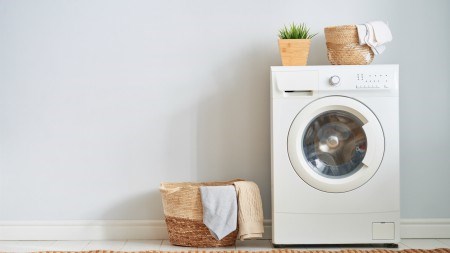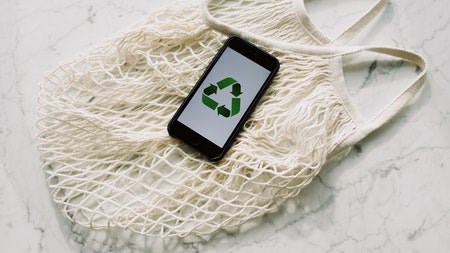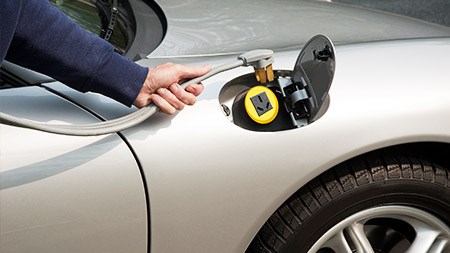It’s no secret that South Africa is in the grips of an energy crisis. With government calling for every household to do their part, it’s helpful to know where and how we can improve when it comes to being energy efficient.
That said, and in honour of May being National Energy month, we’ve identified 7 of the most common mistakes households can make when it comes to being energy efficient.
Mistake #1: Having poorly sealed windows and doors
Poorly sealed windows and doors are one of the biggest detractors when it comes to running an energy efficient home. Air can easily flow in and out of your home if your windows and doors aren’t sealed well, and this not only raises the cost to control your home’s internal climate, but makes your home incredibly inefficient when it comes to the energy used for heating or cooling. If you do start to notice a draft or feel that it is taking longer than expected to heat or cool a room, be sure to check your windows and doors for air leaks.
Mistake #2: Leaving your electronics plugged in
Most of our homes are filled to the brim with electronics and most of the time, these stay plugged in regardless of whether we are using them or not. Electronics such as TV’s, laptops, computers, chargers and gaming consoles all continue to use electricity even when they’re not in use, so rather unplug any unnecessary items when you are finished with them or are no longer using them.
Mistake #3: Taking long showers
For some of us the thought of having a quick shower doesn’t really cut it, but when it comes to energy efficiency, taking prolonged showers is a no-no. That said, there is a way to enjoy yourself while being more energy efficient – by adjusting the temperature of your geyser to an energy-saving 60°C, you can save energy and still shower long enough to make it through at least two verses of your favourite song.
Mistake #4: Setting your fridge and/or freezer temperature too low
When it comes to setting the temperature of your fridge and/or freezer, it is possible to set it at an energy efficient, yet effective temperature. For your fridge, it is recommended that you set the temperature between 3°C and 5°C, while for your freezer, it is recommended that you set it at -15°C to -18°C. Every degree lower than that requires about 5% more energy in order to cool effectively. Furthermore, it is worthwhile intermittently checking the seals on both your fridge and freezer doors to make sure no cold air is escaping. In order to check, try and slide a piece of paper between the seal and the door. If the paper slides in easily, it may be time for you to purchase a new seal and avoid any unnecessary air from escaping and lower the cooling efficacy of the appliance.
Mistake #5: Using your washing machine and dryer irresponsibly
Nowadays, less and less people wash their clothes by hand and rather opt to use the washing machine whenever necessary. While this isn’t necessarily a bad practice energy-wise, be sure to fill your washing machine each time you do a load of washing as half loads will use as much heat and water unnecessarily. Also, it is advised that you avoid using your dryer where possible as these use a huge amount of energy. Rather use your dyer in the case of an emergency and opt for a more energy efficient form of drying, like a dry buddy, or sunshine.
Mistake #6: Running a half empty dishwasher
Although your dishwasher can actually be more energy efficient than washing all your dishes by hand, this is only the case if your dishwasher is full before you use it. Where possible, make sure that your dishwasher is fully loaded and rather wait before running it if you are able to. If you want to take things one step further and be even more energy efficient, you can stop your dishwasher before it gets to the drying stage and opt to hand or towel dry your dishes.
Mistake #7: Not being energy conscious when cooking
It’s common knowledge that a microwave uses a lot less energy than an oven or stove, so where possible, it is advised that you make the most of it. For example, when re-heating leftovers, opt to use the microwave as opposed to the stove. It’s also advised that when cooking on the stove you make use of pot lids to help trap the heat in your dishes while you cook. Furthermore, be sure that you are using the right size pot or pan for the stove’s heating element as using a small pot on a large hotplate or vice versa is extremely wasteful when it comes to energy use.
While there are no hard or fast rules (yet!) when it comes to saving energy or running an energy efficient household, being aware of where you could be making improvements or upping your game is key! Not only will you save yourself money in the long run, but if we all work together, there is a chance we can curb the country’s energy crisis and ensure a better life for all.





